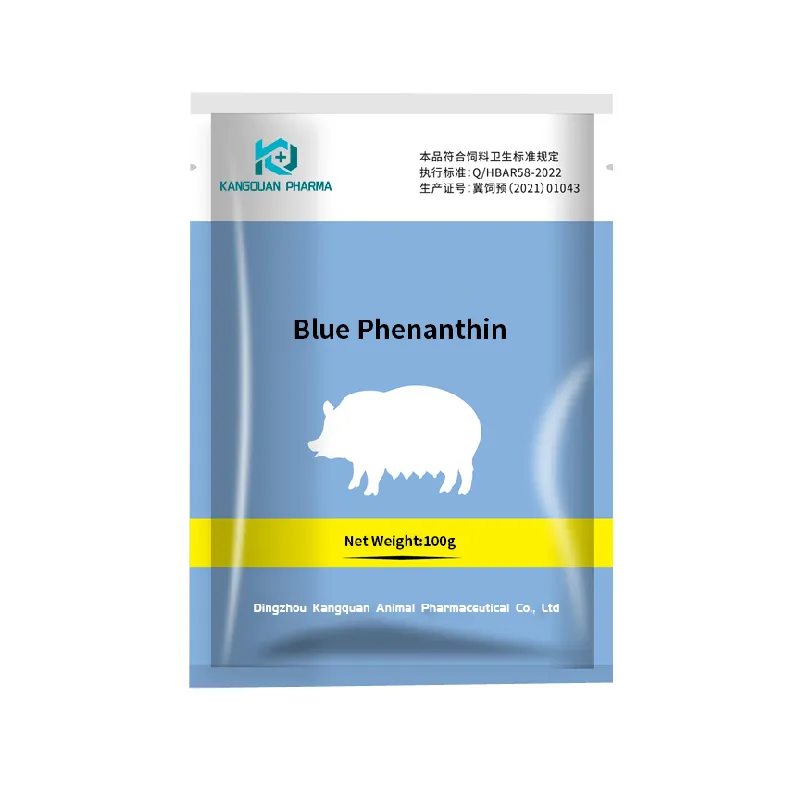- Afrikaans
- Albanian
- Amharic
- Arabic
- Armenian
- Azerbaijani
- Basque
- Belarusian
- Bengali
- Bosnian
- Bulgarian
- Catalan
- Cebuano
- Corsican
- Croatian
- Czech
- Danish
- Dutch
- English
- Esperanto
- Estonian
- Finnish
- French
- Frisian
- Galician
- Georgian
- German
- Greek
- Gujarati
- Haitian Creole
- hausa
- hawaiian
- Hebrew
- Hindi
- Miao
- Hungarian
- Icelandic
- igbo
- Indonesian
- irish
- Italian
- Japanese
- Javanese
- Kannada
- kazakh
- Khmer
- Rwandese
- Korean
- Kurdish
- Kyrgyz
- Lao
- Latin
- Latvian
- Lithuanian
- Luxembourgish
- Macedonian
- Malgashi
- Malay
- Malayalam
- Maltese
- Maori
- Marathi
- Mongolian
- Myanmar
- Nepali
- Norwegian
- Norwegian
- Occitan
- Pashto
- Persian
- Polish
- Portuguese
- Punjabi
- Romanian
- Russian
- Samoan
- Scottish Gaelic
- Serbian
- Sesotho
- Shona
- Sindhi
- Sinhala
- Slovak
- Slovenian
- Somali
- Spanish
- Sundanese
- Swahili
- Swedish
- Tagalog
- Tajik
- Tamil
- Tatar
- Telugu
- Thai
- Turkish
- Turkmen
- Ukrainian
- Urdu
- Uighur
- Uzbek
- Vietnamese
- Welsh
- Bantu
- Yiddish
- Yoruba
- Zulu
Dec . 30, 2024 00:38 Back to list
Tylosin Injection Uses and Benefits for Livestock Health Improvement
Tylosin Injection An Overview
Tylosin is a macrolide antibiotic extensively used in veterinary medicine. It primarily targets gram-positive bacteria and certain gram-negative strains, making it a valuable tool in the treatment of various bacterial infections in livestock and companion animals. Tylosin is most commonly administered via injection in clinical settings, ensuring quick distribution and action within the animal's body.
Mechanism of Action
Tylosin works by inhibiting bacterial protein synthesis. It binds to the 50S subunit of the bacterial ribosome, effectively blocking the translocation phase of protein synthesis. This action ultimately disrupts the bacteria's ability to grow and reproduce, allowing the animal's immune system to eliminate the infection. Its effectiveness against a range of pathogens makes it useful for treating respiratory infections, skin infections, and other bacterial diseases.
Indications for Use
Tylosin injection is indicated for various conditions including, but not limited to
1. Respiratory Infections Infections such as pneumonia are common in livestock and can lead to significant economic losses. Tylosin is effective in managing these infections by reducing the bacterial load and facilitating recovery. 2. Skin Infections Bacterial skin infections can arise from wounds or other factors. Tylosin helps in controlling the growth of bacteria at the infection site, promoting healing.
3. Enteritis Tylosin is also used to treat enteritis, an inflammation of the intestines which can result from bacterial infections. By addressing the root cause, tylosin aids in reducing inflammation and preventing further complications.
tylosin injection

Administration
Tylosin is typically administered via subcutaneous or intramuscular injection, depending on the type of animal and the severity of the infection. Dosage varies based on factors such as the species, age, weight, and overall health of the animal. It is crucial for veterinarians to follow recommended guidelines to ensure effectiveness while minimizing the risk of side effects.
Safety and Side Effects
As with any medication, the use of tylosin injection may carry risks. Side effects are generally minimal but can include localized pain or swelling at the injection site. In some rare cases, allergic reactions may occur, leading to symptoms such as hives, difficulty breathing, or swelling. It is important for veterinary professionals to monitor administered animals for any adverse reactions post-treatment.
Additionally, pre-existing health conditions and concurrent medications should be assessed to avoid potential interactions. Pregnant or lactating animals require special consideration and should only receive tylosin if the benefits outweigh the risks.
Resistance Concerns
One of the most pressing issues in veterinary medicine today is antibiotic resistance. Continuous and inappropriate use of antibiotics can contribute to more resistant strains of bacteria, which can complicate future treatment courses. Therefore, it's crucial for veterinarians to use tylosin judiciously and only when necessary. Employing good management practices in conjunction with antibiotic use can help mitigate the development of resistance.
Conclusion
Tylosin injection remains a vital resource in veterinary medicine for treating various bacterial infections in animals. Its efficacy, when used appropriately, can significantly improve animal health and welfare. However, caution is advised regarding its use and monitoring for side effects. As antibiotic resistance becomes an increasing concern, responsible usage and ongoing research into alternative treatments will be essential to ensure the continued effectiveness of tylosin and similar agents in the future. Veterinarians and pet owners alike must work collaboratively to uphold the health standards of our animals while combating the threat of antibiotic resistance.
-
Guide to Oxytetracycline Injection
NewsMar.27,2025
-
Guide to Colistin Sulphate
NewsMar.27,2025
-
Gentamicin Sulfate: Uses, Price, And Key Information
NewsMar.27,2025
-
Enrofloxacin Injection: Uses, Price, And Supplier Information
NewsMar.27,2025
-
Dexamethasone Sodium Phosphate Injection: Uses, Price, And Key Information
NewsMar.27,2025
-
Albendazole Tablet: Uses, Dosage, Cost, And Key Information
NewsMar.27,2025













